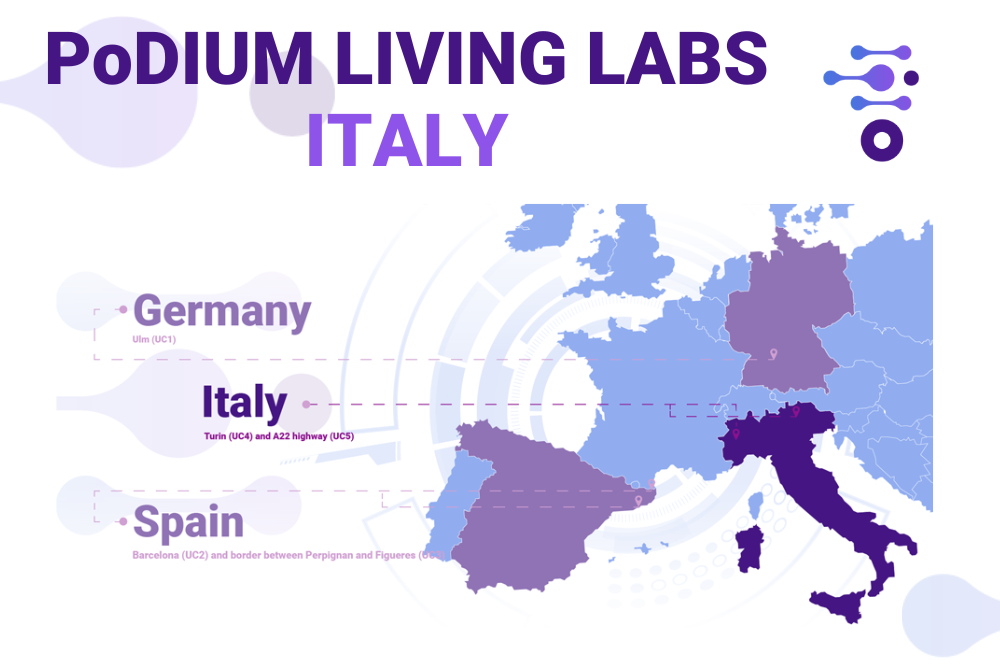The first case, set in Turin, concentrates on enhancing safety at intersections. It utilizes digital infrastructure to provide reliable data, aiming to assist autonomous vehicles in navigating busy intersections while prioritizing the safety of pedestrians and cyclists. This involves a smart redundant approach to data reliability and the use of digital twins to manage multiple lanes and road users efficiently.
The second use case, situated in a highway tunnel near Trento, addresses risk management by implementing innovative localization techniques for vehicles within the tunnel. It uses camera sensors to monitor vehicles, providing real-time risk assessment and offering warnings to drivers. This case showcases how CCAM services can continue seamlessly within tunnels where satellite signals might be unavailable.
The involvement of various partners, such as Autostrada del Brennero, Stellantis-CRF, LINKS, SWARCO Italia, and TIM, is crucial in providing infrastructure, vehicle prototypes, sensor technologies, and communication systems necessary for the successful execution of these use cases. Overall, these demonstrations aim to enhance safety and pave the way for the integration of autonomous vehicles into urban environments while emphasizing the importance of trust between vehicles and infrastructure for effective information exchange.



